by Wallace Wyss –
In the beginning, there was the Porsche family, over there in Germany, and there was Maximillian Hoffman, an immigrant who had come to America before the war, who was in New York trying to tell them what to make.
Now even though Ferdinand Porsche had made race cars before the war, for his production car he was thinking about road cars.
And he was even not that inclined to make open cars. When he did, it was heavy cabriolets with padded roofs. And steel bodies once they moved from Gmund, Austria to Zuffenhausen, Germany.
Not what Maxmillian Hoffman wanted to sell in America. As new as 1950 he was planning on making a open Porsche. Sauter made a body for a prototype and this was shown in 1951 as the America roadster. It had somewhat of a swayback look, but it had two things going for it, it was aluminum and therefore lighter than Porsche’s open cars and secondly, it had an easily detached wind shield so on the weekends you could go racing with racing windscreens.
It was put in production but unfortunately it had too high a price—you could buy three Cadillacs for the price of it. And secondly, the coachbuilder finally selected, Heuer-Glaser, had perhaps low balled the car to get the contract and now couldn’t make a profit on it so they declared bankruptcy.
Leaving Porsche to finish the last ones, maybe only the last one (which had a steel body and non removable windscreen). Estimates differ on how many were made, most agreeing on 17 to 18.
Porsche Speedster
But there was not great sadness in Zuffenhausen because meanwhile Porsche had made their own lightweight prototype with a curved removable windscreen. True it was steel bodied but it was still lighter than the cabriolet and instantly found an audience. And it was loads cheaper than the America roadster, at $3,000 with no options. (Options later included a removable hardtop and even knock off wheels).
There was a pre-A version with four round taillights and then an A version with the “teardrop” taillights. The peak of sales was around 1957 when 1,171 were sold but after that point sales began to dwindle especially when the roadster came along with its wind up windows and more comfort.
Porsche gamely continued the Speedster to 1958, but replaced it with the Convertible D, a car that used the same body as the Speedster but a taller non-removable windscreen and wind-up windows.
The Porsche Speedsters were popular in racing, especially the exotic four cam Carrera versions. When vintage racing came along the real racing Speedsters were dusted off and re-entered and even there’s still enough racing to constitute whole classes of cars in historic events.
As far as being the “car to own” they have experienced a sort of re-discovery. Maybe it’s the fact it’s known James Dean raced one before he got the 550 Spyder. Maybe they were in just enough movies (“Harper” with Paul Newman). Maybe it’s because their innate simplicity is alluring in an age when a modern 2016 Porsche Panamera has over 50 computers on board.
Whatever, I have seen even ratty dented ones go for $100,000 and I am sure a four cam with “matching” numbers (the engine number is listed as the one that came with the car when it was sold new, verified by Porsche’s Cardex system) can soar to half a million dollars and beyond, especially it if has a racing record.
And so it goes. Max Hoffman was more of a genius than he thought. He had wanted it only as a bargain basement weekend racer, and what he created was an icon….
Let us know what you think in the Comments.
Wallace Wyss
THE AUTHOR: Fine artist Wallace Wyss has also served as a consultant to automakers, among them Honda, Toyota, and Ford. For a list of his car prints, write mendoart7@gmail.com
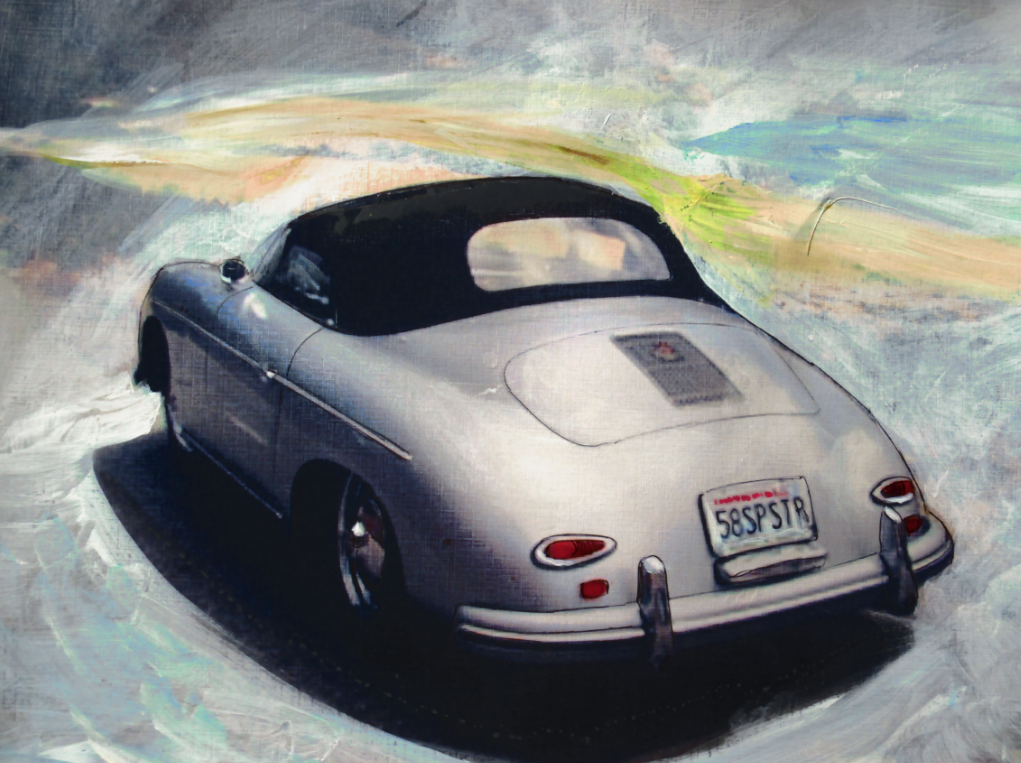
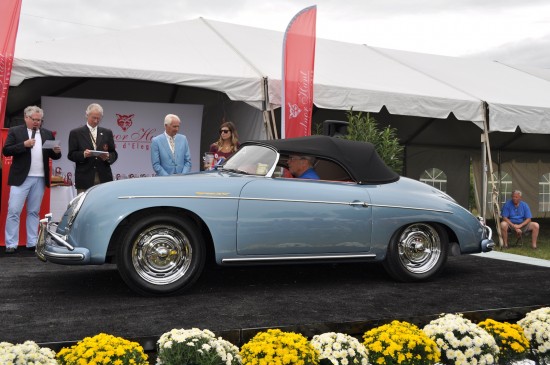
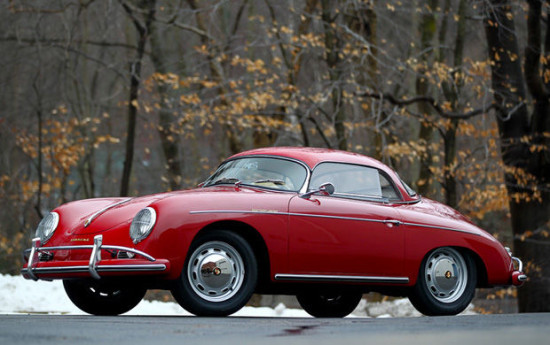
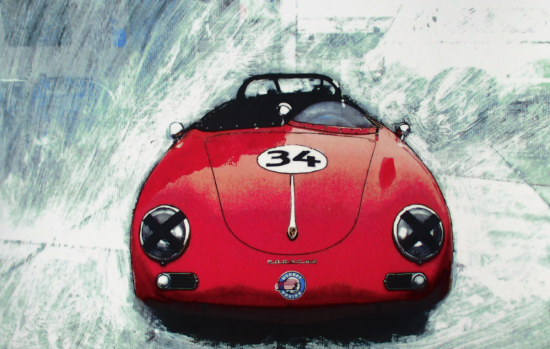
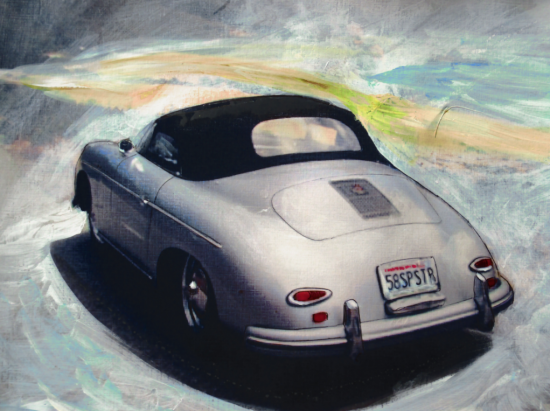
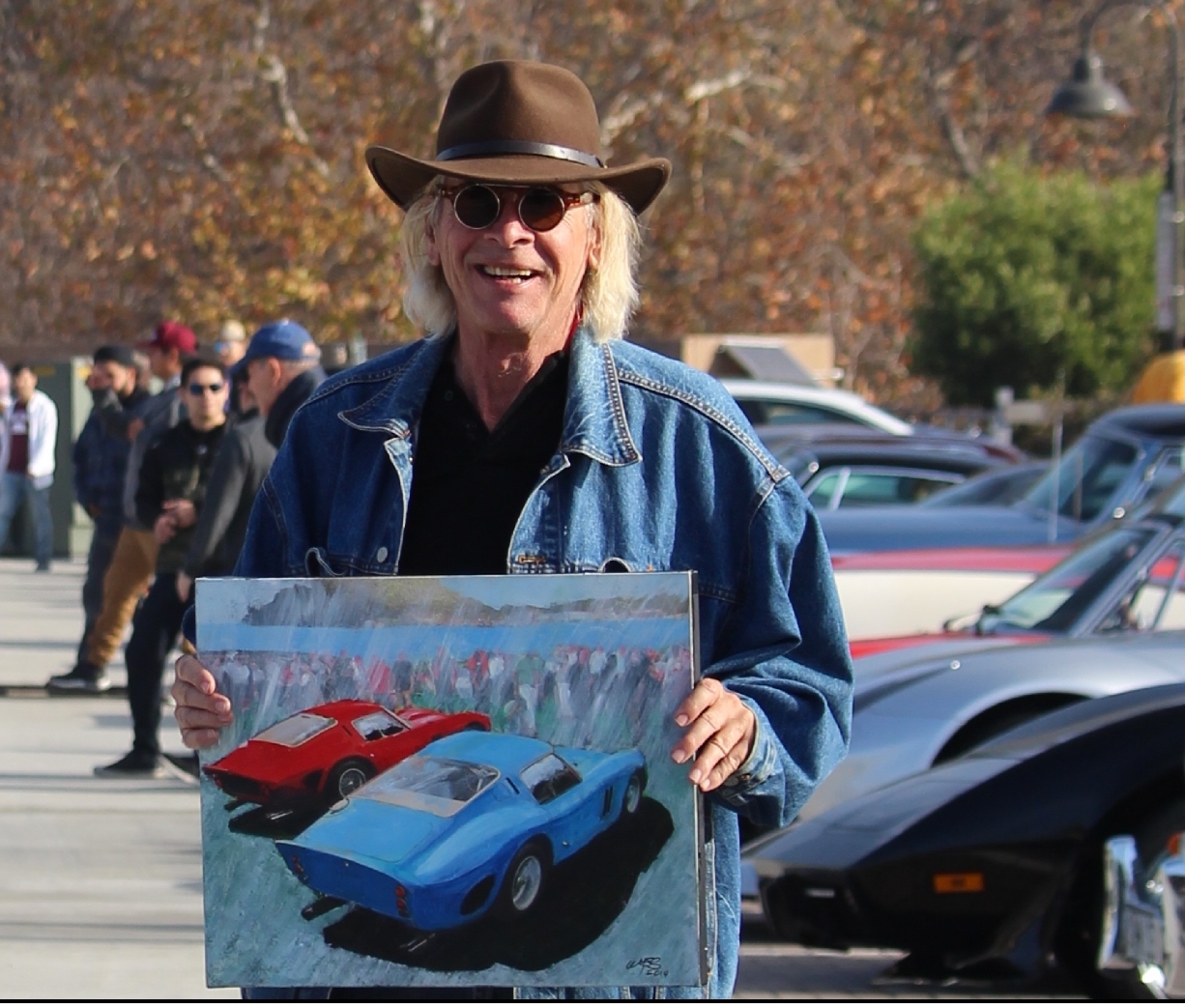
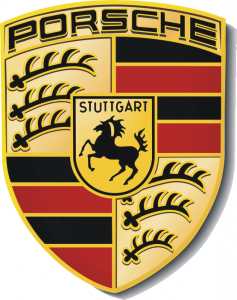


Max Hoffman and Heinrich Sauter came together with the Sauter Porsche. With Suicide doors this was the first Porsche roadster raced and it changed Porsche forever.
Phil – I see you showed the Sauter Porsche at Werks Reunion Monterey. I would love to chat with you about the Sauter anytime.
Ray Knight 812-282-4647
Hi Guys,
My Name is Peter Lange. My best friend is Harold Sauter who lives in Munich. His Dad Heinrich Sauter used to pick us up in his light blue metallic Targa in 1972 and drive to St. Mortiz for lunch. That was the first time i ever went over 125 MPH.
The reason I am writing you now is that I would love to acquire one of the original cars as his dad died I think its been 5-7 years now broke and not loved by many.
In any-case I would love to get some suggestions from the two of you if and how I might be able to dig up …one of the original Sauter Speedsters.
Peter.Lange@reven.com
941-320-9271
Thank you
Peter